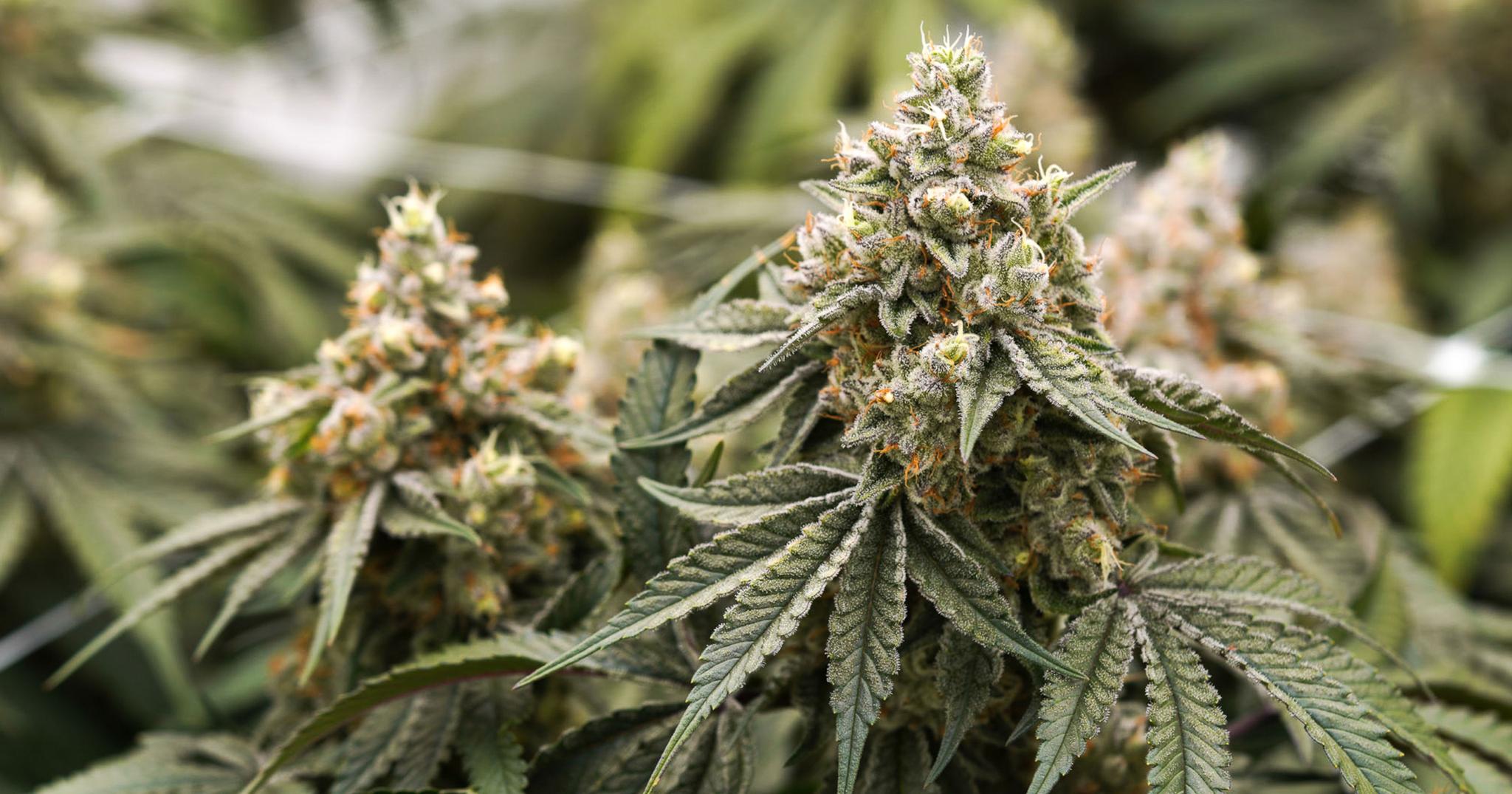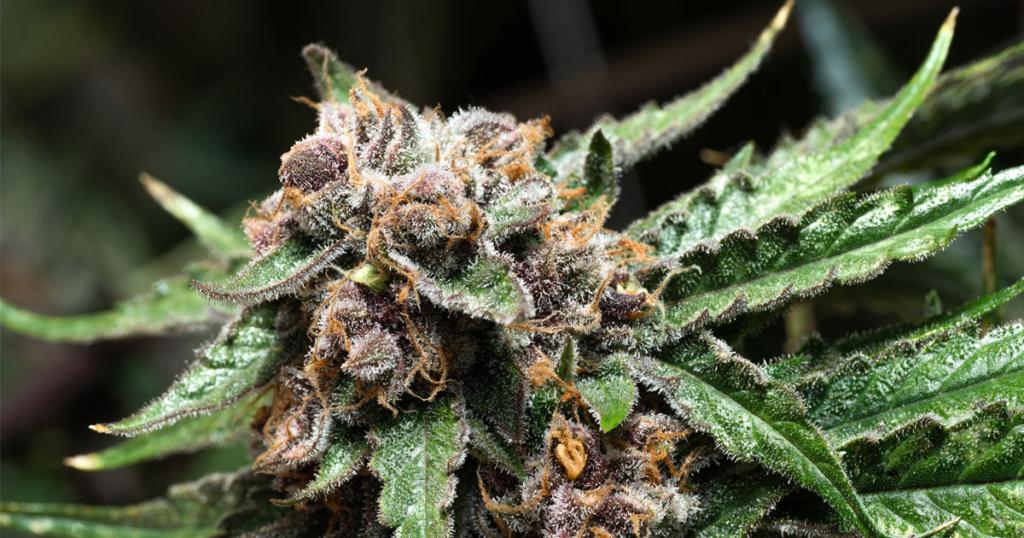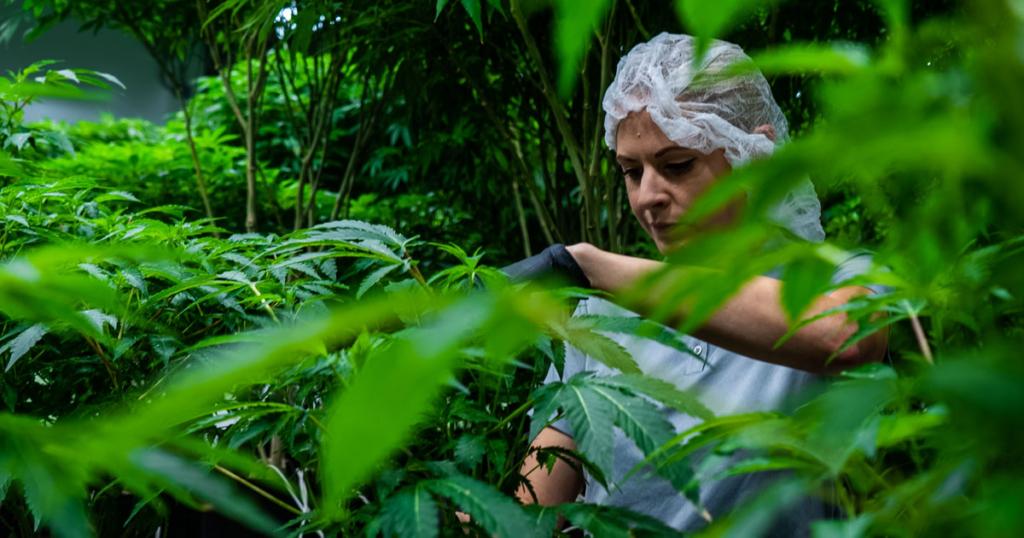 Photo from Zen Leaf
Photo from Zen Leaf
Originally Posted On: https://zenleafdispensaries.com/blog/phenotypes/
With the legalization of cannabis for medicinal and recreational use in many states, understanding the science behind our favorite plant has become increasingly important. Cannabis science often involves the study of the chemical compounds found in the plant, primarily cannabinoids and terpenes, and how they interact with the human body. This helps cultivators, Cannabis Advisors, and cannabis users develop a better understanding of the potential medical benefits associated with cannabis use.
For example, CBD and THC, two of the most well-known cannabinoids, have different effects on the body, and understanding why can enable people to use them accordingly to address a variety of conditions such as chronic pain, anxiety, and epilepsy.
Overall, cannabis science and genetics are essential for understanding the potential benefits and risks of cannabis use, as well as for the growth and cultivation of the plant. They also open the door for new medical treatments and therapies and can help ensure that the cannabis products available to consumers are safe and effective.
Cannabis Genetics Terminology
Before we dive into a discussion about cannabis phenotypes, it’s important to know what a phenotype is in its most basic sense and how phenotypes fit into the larger cannabis genetics discussion.
- Chromosome – a large DNA molecule that encodes the genes of a species.
- Gene – a long sequence of DNA that is part of a chromosome and encodes for expressed characteristics.
- Genotype – a specific genetic composition that, with influence from the environment, will determine a plant’s expressed characteristics.
- Phenotype – the physical expression of characteristics coded by the genotype, which can be influenced by environmental conditions. In cannabis, when two plants are crossed to create a new strain, each seed produced by the female plant is known as a phenotype.
- Chemotype – the chemical expression of secondary plant metabolites that are expressed by a specific genotype.
- Cultivar – a phenotype developed to express a desired chemotype under specific environmental conditions usually determined through breeding.
- Epigenetics – the study of a cultivar’s genetic expression as it changes in response to environmental conditions.
What Is a Cannabis Cultivar?
You may have noticed that we didn’t include the term “strain” in the brief glossary above. While the “strain type” is commonly used in the cannabis industry to describe the different types of cannabis, the phrase was actually adopted from microbiology and virology. A genetic variant or subtype of a microorganism is referred to as a “strain”. For example, the flu virus can come in various strains, each with its own unique properties.
With this in mind, “cultivar” may be the more accurate way to label cannabis.
A cultivar is a plant that has been specifically bred and cultivated to produce specific characteristics, whether in terms of its physical appearance or the effects it has after consumption. In other words, a “cultivar” is a hybrid of a “cultivated variety,” which is a plant that has been grown and developed to be specific in its characteristics.
Why are Phenotypes so Important?
Cannabis phenotypes are the observable characteristics of a particular cultivar of cannabis, such as its observed appearance and aroma. These characteristics are determined by the plant’s genetics, which is a combination of its inherited traits from its parents.
When a new strain is created, a male plant pollinates a female plant, known as breeding or crossing. This causes the female plant to produce seeds that present characteristics of both “parent” strains. Each seed is a phenotype, with slightly different characteristics from one another – much in the same that you may have brown hair while your sibling may have red.
Understanding cannabis phenotypes of a cannabis genetic line or cultivar are essential for breeders and growers alike, as it allows them to predict and attempt to produce a strain with specific characteristics. For example, a grower may want to cultivate a strain that has high THC content for medicinal purposes or one with a specific aroma for use in smoking preference or in making concentrates.
Phenotyping plants can also be used to improve the overall quality and consistency of a cultivar. For example, if a grower observes that a particular phenotype consistently produces high-quality buds that exhibit a particular characteristic, they can use this information to create more stable and consistent crops in the future.
Understanding cannabis genotypes and phenotypes is a crucial aspect of cannabis knowledge. It allows growers to predict and control the final product, improve the overall quality and consistency of a cultivar, and provide valuable information to consumers. As the cannabis industry continues to evolve and grow, phenotype information will become increasingly important in driving innovation and quality.
Why Should You Care About Cannabis Phenotypes?
If you’re not a cannabis breeder or cultivator, you might be wondering why the phenotype of a cannabis plant matters. After all, you won’t be the one in the grow rooms selecting plants based on the physical characteristics Still, cannabis phenotypes are an important part of cannabis genetics for anyone who is truly invested in the type of experience they’ll have with the cultivars they choose, including you.
Aside from enabling breeders and growers to select for specific traits, giving you a more well-rounded cannabis cultivar selection, as well as a more diverse and refined set of effects you can expect from each, phenotypes can help you choose a cannabis cultivar that’s right for you.
Here’s an example:
Consider, for a moment, the environmental factors that can influence phenotype: the temperature, relative humidity, amount of light, light spectrum (e.g., red, blue, violet), soil used, nutrient content, and even the way the plant is trimmed during growth can all influence the way the cannabis plant looks. When two seeds of the same genotype with the same genetic information are grown under different conditions, their phenotypes may be quite different.
For example, members of the cultivar family with Blueberry plant parents somewhere in their lineage can express different traits if exposed to different temperatures. Plants grown in a cool environment can develop purple and blue leaves and flowers, while plants with the same genetic information (or genotype) grown in warm conditions are green.
Changing these environmental factors can affect the cultivar’s physical appearance, scent, cannabinoid composition, terpene profile, trichome density, and potency.
Circling back to the green or purple Blueberry cultivars growers report that green phenotypes tend to have more THC and may also taste less “fruity” than purple phenotypes due to varying flavonoid content. This is just one way a cannabis plant’s phenotype can affect the experience you’ll have.

Cannabis Phenotypes FAQs
<img style=”display: block; max-width: 100%; width: initial; height: initial; background: none; opacity: 1; border: 0px none; margin: 0px; padding: 0px;” src=”data:;base64,” alt=”” />
There are nearly as many cannabis genetics questions as there are phenotypes. Here are the answers to a few of the most common.
Choosing the Right Phenotype for You
While you may not enter a Zen Leaf dispensary searching for a specific phenotype, you can certainly find a cannabis cultivar that meets your needs. Consider your activities, your goals for using cannabis, and any therapeutic or euphoric effects you want. For example, whether you’re looking for relaxation, uplifting energy, or creativity, a Zen Leaf professional can help recommend a specific cultivar for your experiential preferences. Similarly, you may be on the hunt for a certain flavor profile; whether you enjoy an earthy, piney taste or a sweeter, decadent flavor, a dispensary can recommend a terpene profile that matches your taste.
If you’re one of the many cannabis enthusiasts who use cannabis to treat medical or mental health conditions, ask dispensary staff about a cultivar with a lineage that has a reputation for addressing your symptoms. Cannabis cultivars have been used to treat such wide-ranging physical conditions as nerve damage, chemotherapy side effects, joint inflammation, muscle spasticity, chronic pain, eye conditions, digestive disorders, and seizures. Mental health conditions like PTSD, depression, anxiety, insomnia, and more may be addressed more effectively by some genotypes or phenotypes than others.
Moving forward, continued study regarding the chemotypes shared by cultivars of similar phenotypes may help cannabis experts pinpoint those that can most effectively address a range of conditions.
Continue Learning with Zen Leaf
<img style=”display: block; max-width: 100%; width: initial; height: initial; background: none; opacity: 1; border: 0px none; margin: 0px; padding: 0px;” src=”data:;base64,” alt=”” />
At Zen Leaf, we believe in providing nothing but the highest quality cannabis products. That is why we are so committed to the science behind cannabis and its different cultivars. The importance of understanding phenotypes is a tiny portion of a broader understanding of cannabis. It is fundamental to understand the distinct characteristics of cannabis varieties to make informed decisions about which cultivars to grow and which to use to create our range of cannabis products.
Hungry for more? Head on over to our cannabis learning hub to continue your educational journey!
References:
- Desaulniers Brousseau, V., Wu, B. S., MacPherson, S., Morello, V., & Lefsrud, M. (2021). Cannabinoids and Terpenes: How Production of Photo-Protectants Can Be Manipulated to Enhance Cannabis sativa L. Phytochemistry. Frontiers in plant science, 12, 620021. https://doi.org/10.3389/fpls.2021.620021
- Front. Plant Sci., (02 November 2021 Volume 12) Sec. Crop and Product Physiology. https://doi.org/10.3389/fpls.2021.725078
- Govindjee, R., & Govindjee (1964). Emerson Enhancement Effect in Chloroplast Reactions. Plant physiology, 39(1), 10–14. https://doi.org/10.1104/pp.39.1.10